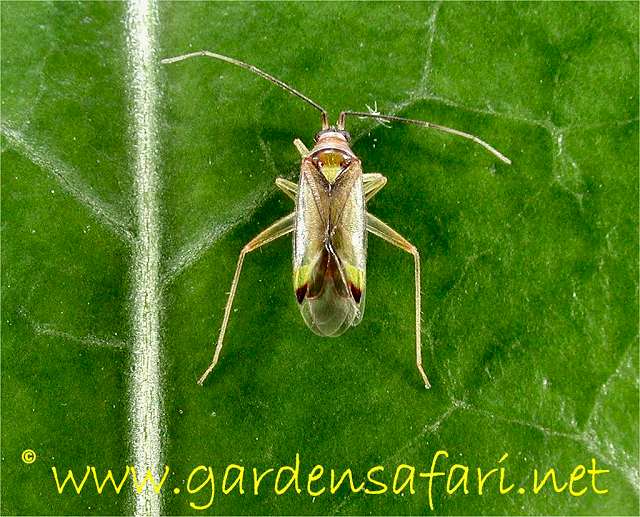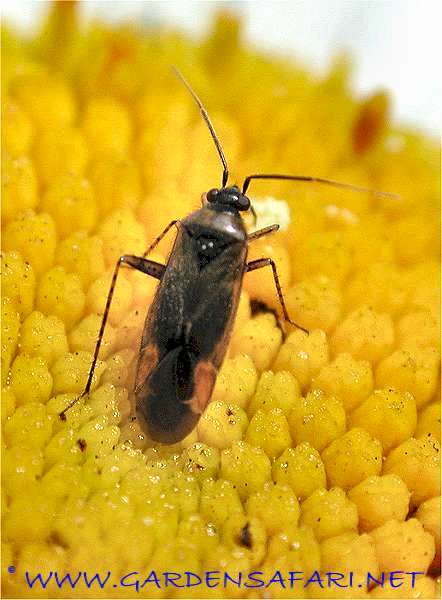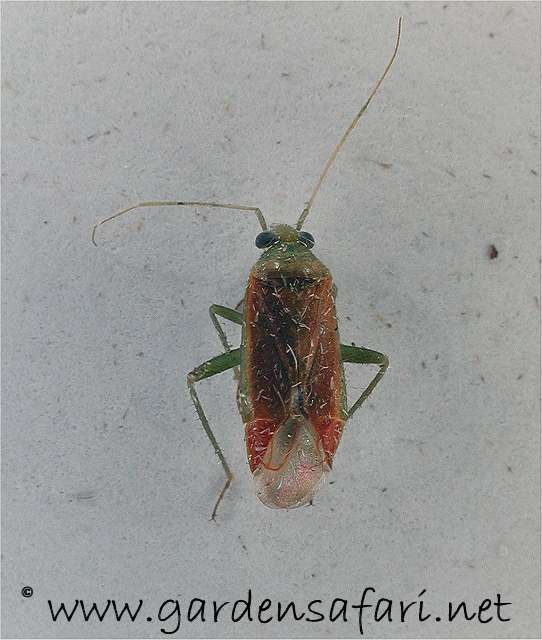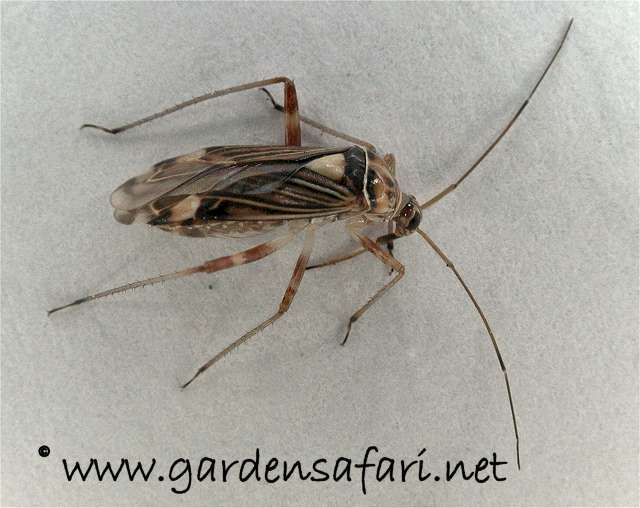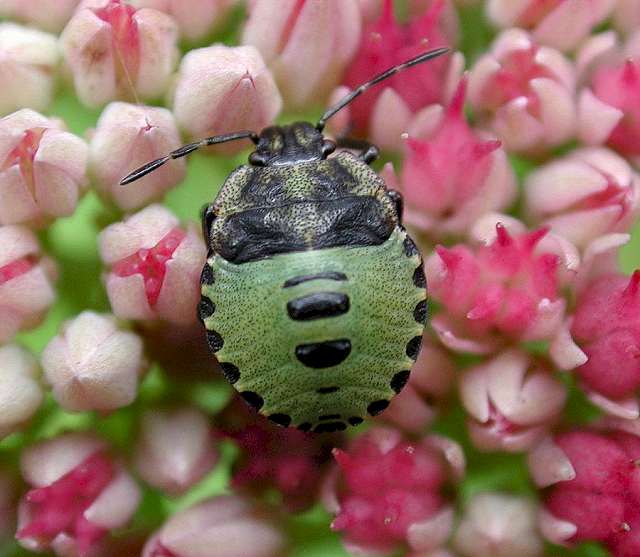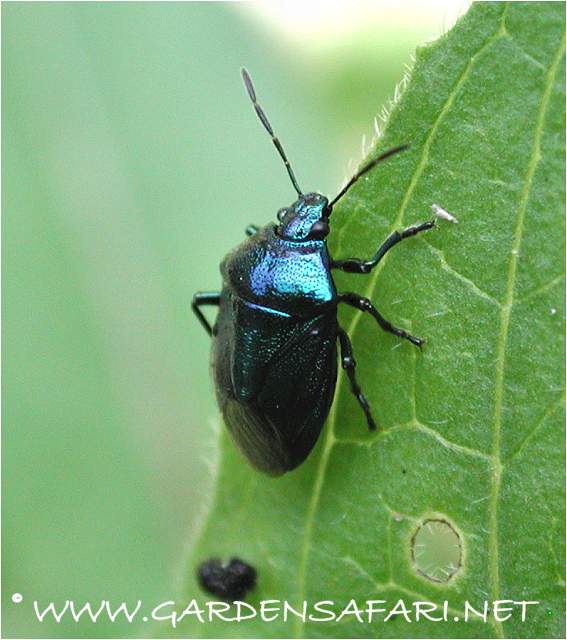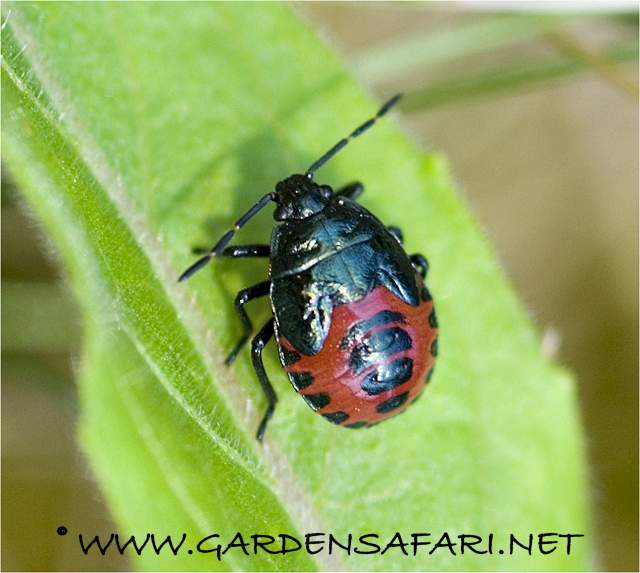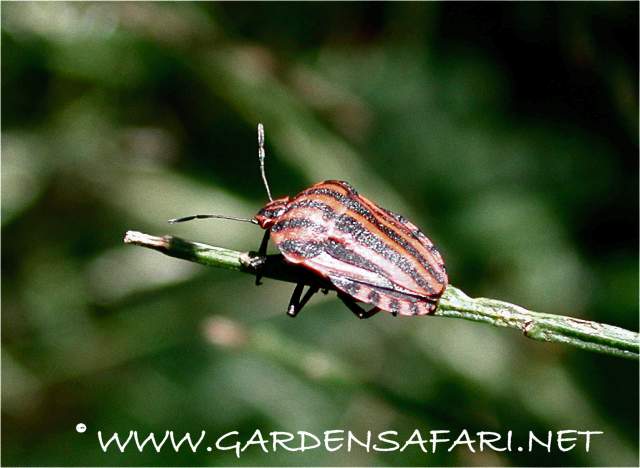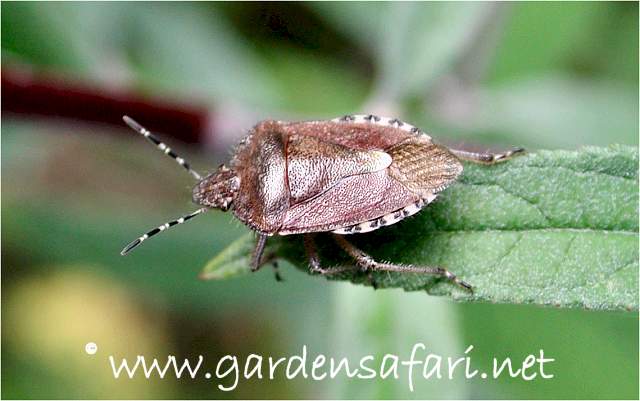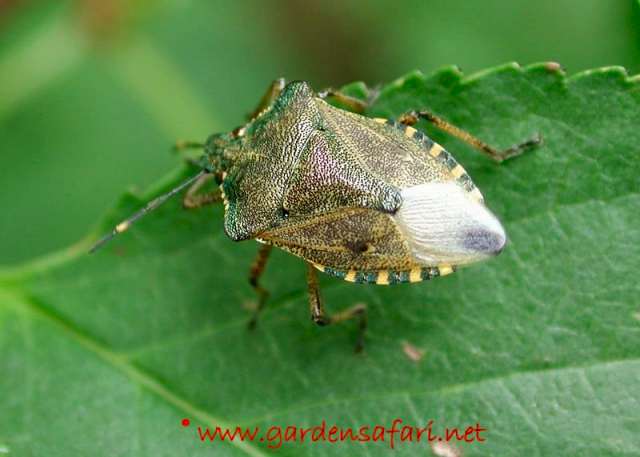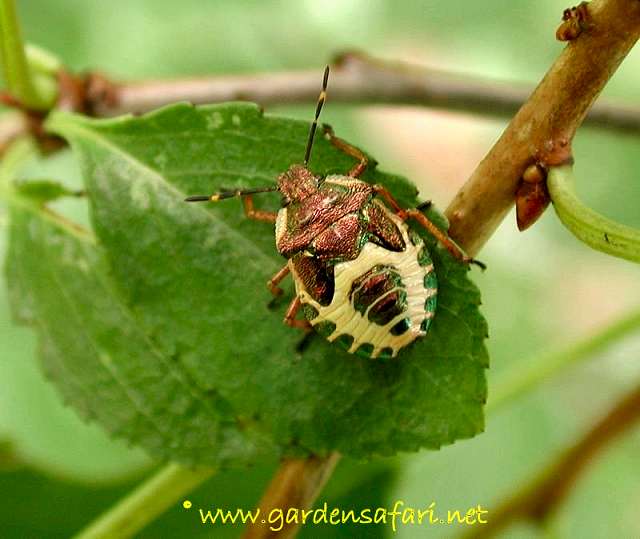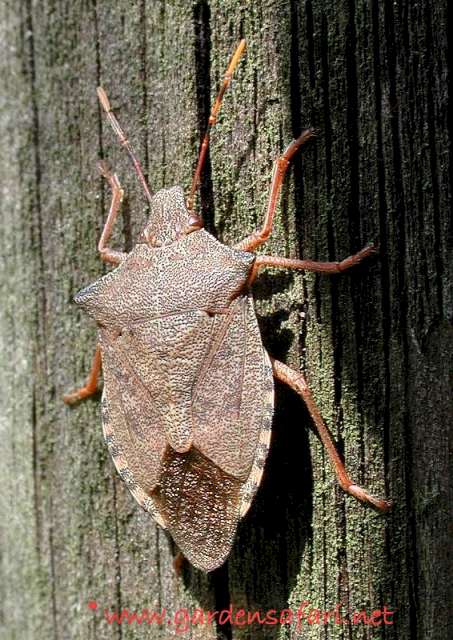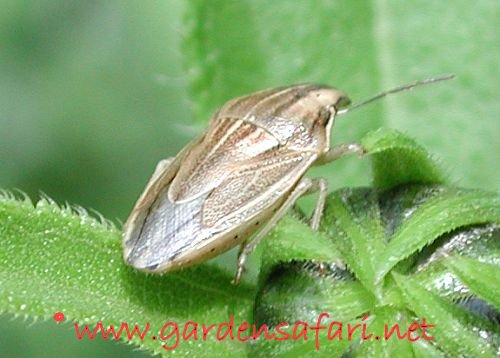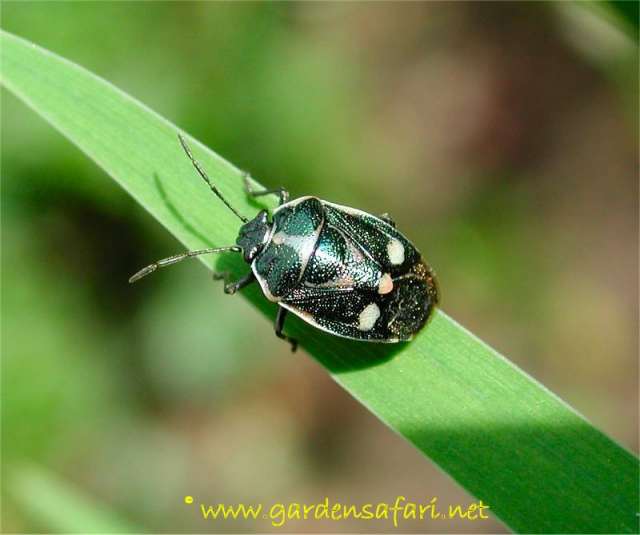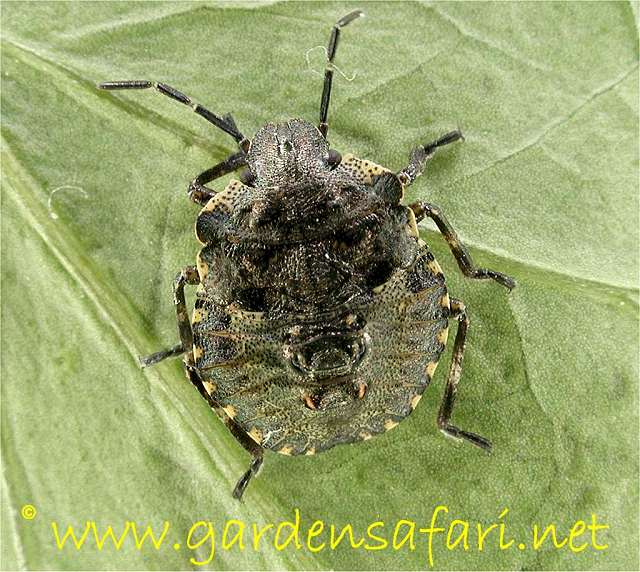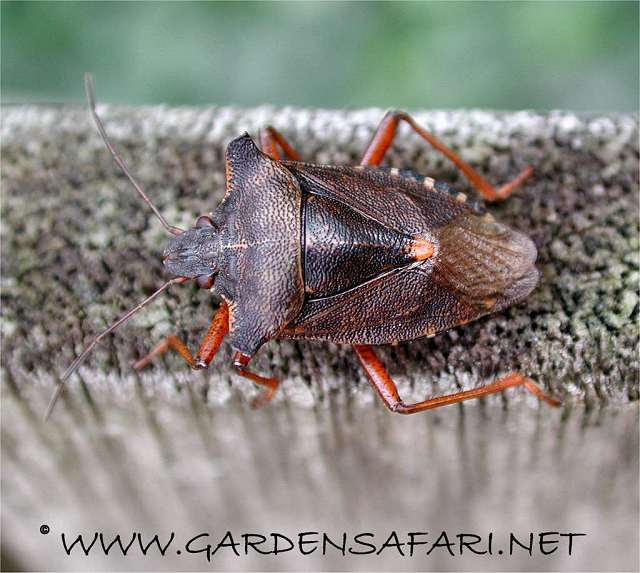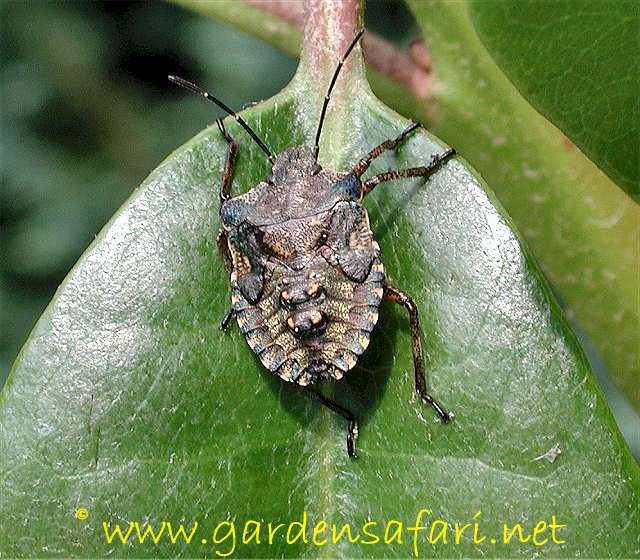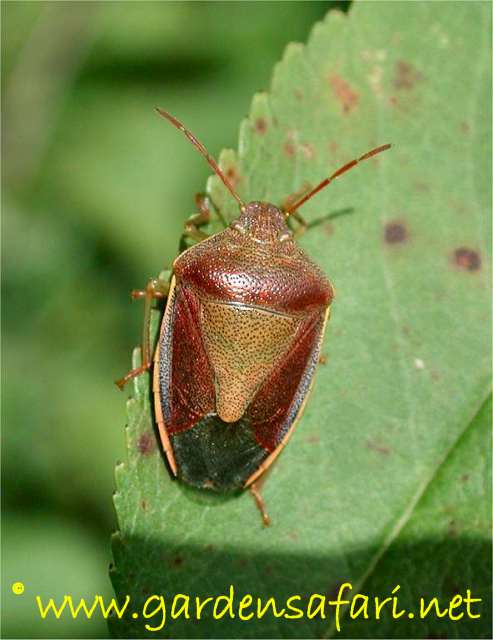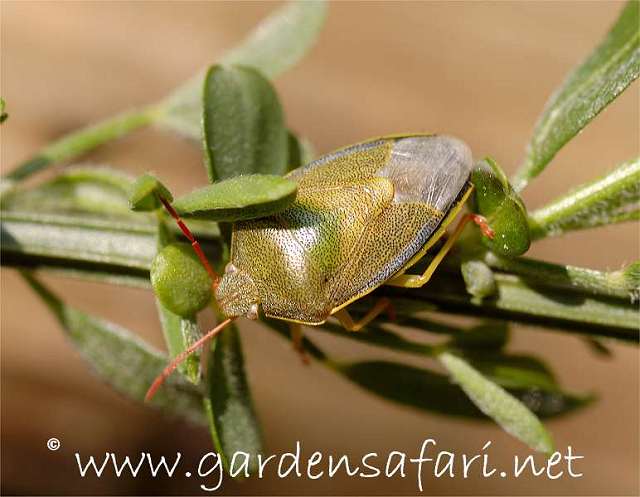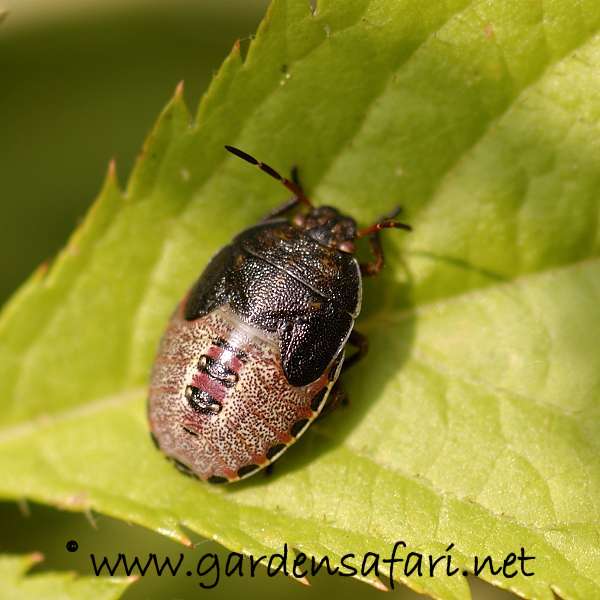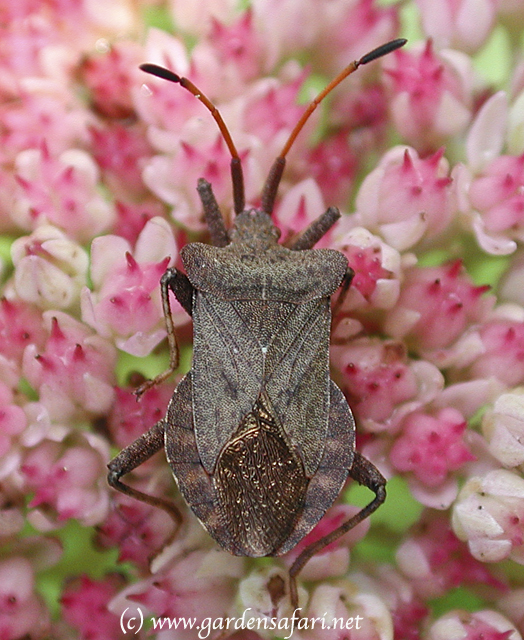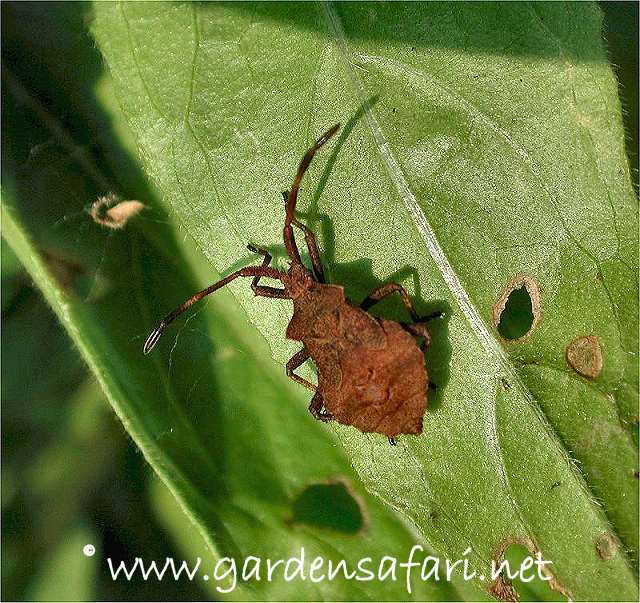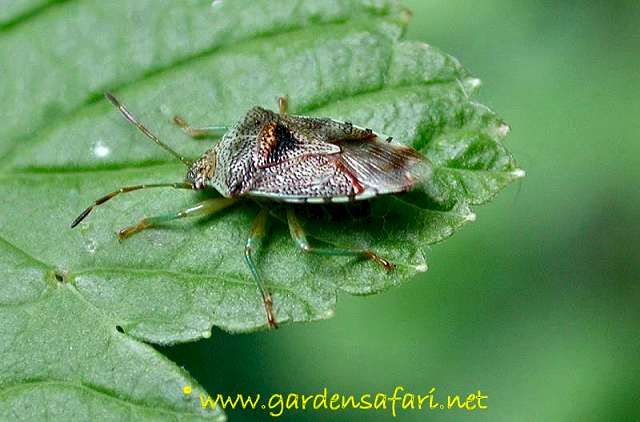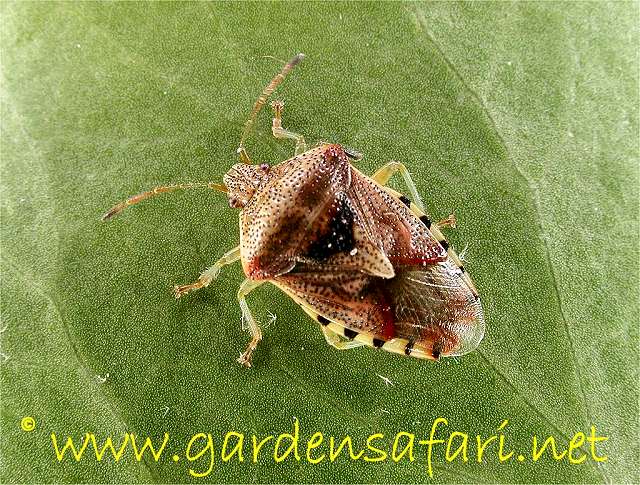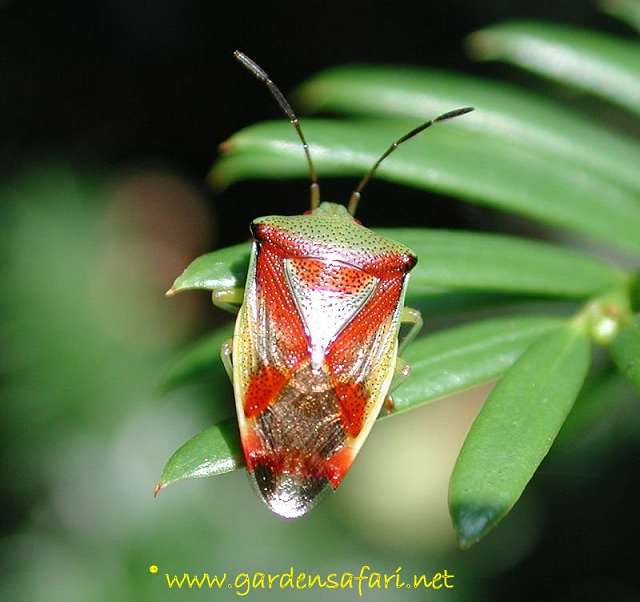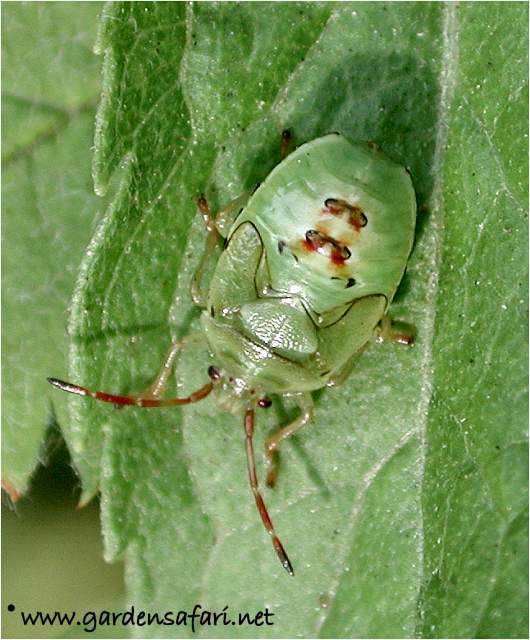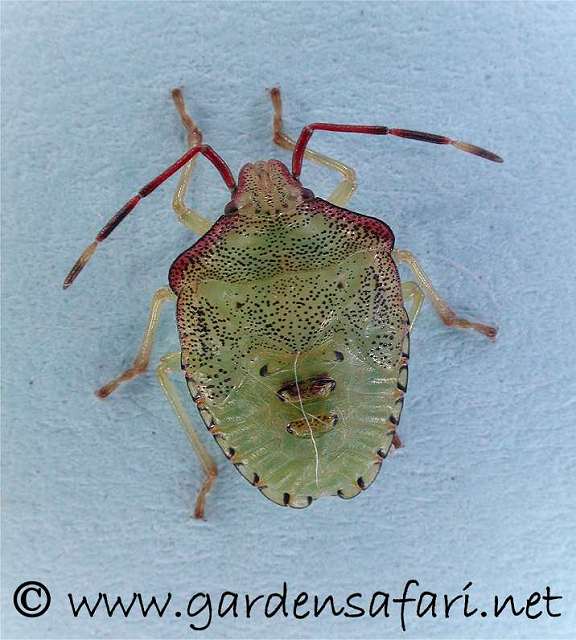Heterotoma planicornis
Heterotoma planicornis
Heterotoma planicornis
Heterotoma planicornis
Some animals are weird. Just take a look at Heterotoma planicornis. What the point is of having strange antennae like these beats me. And probably everyone else, for there are no explanations whatsoever, not even on the internet. The species appears in many gardens, but you have to look for it carefully, because it is a very small bug, reaching some 4 mm only. It is closely related to the species above and is hairy as well. In this case however the hairs are much shorter. The adults appear from July to September. This species hunts for other small insects, but will suck on plants as well when there is a lack of prey. A very common species in many gardens. Thanks to Han Endt who pointed out to us that this actually is Heterotoma planicornis and not Heterotoma merioptera as we thought. Both animals are almost identical, but H. merioptera is an eastern species. Many insect guides however depict this animal in stead of Heterotoma planicornis.
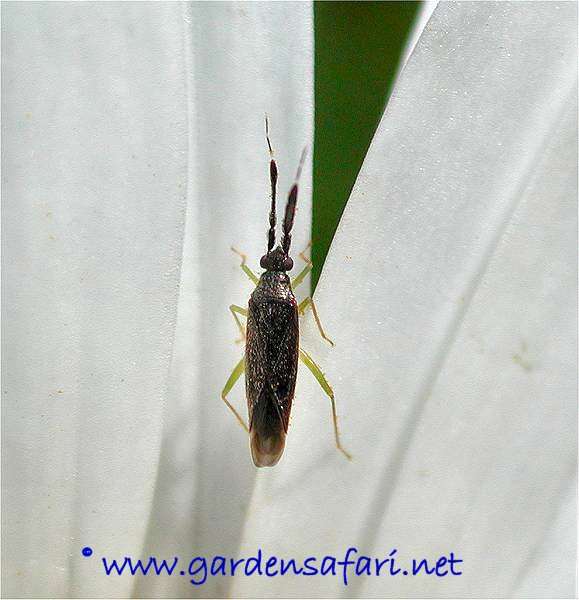
Some animals are weird. Just take a look at Heterotoma planicornis. What the point is of having strange antennae like these beats me. And probably everyone else, for there are no explanations whatsoever, not even on the internet. The species appears in many gardens, but you have to look for it carefully, because it is a very small bug, reaching some 4 mm only. It is closely related to the species above and is hairy as well. In this case however the hairs are much shorter. The adults appear from July to September. This species hunts for other small insects, but will suck on plants as well when there is a lack of prey. A very common species in many gardens. Thanks to Han Endt who pointed out to us that this actually is Heterotoma planicornis and not Heterotoma merioptera as we thought. Both animals are almost identical, but H. merioptera is an eastern species. Many insect guides however depict this animal in stead of Heterotoma planicornis.


